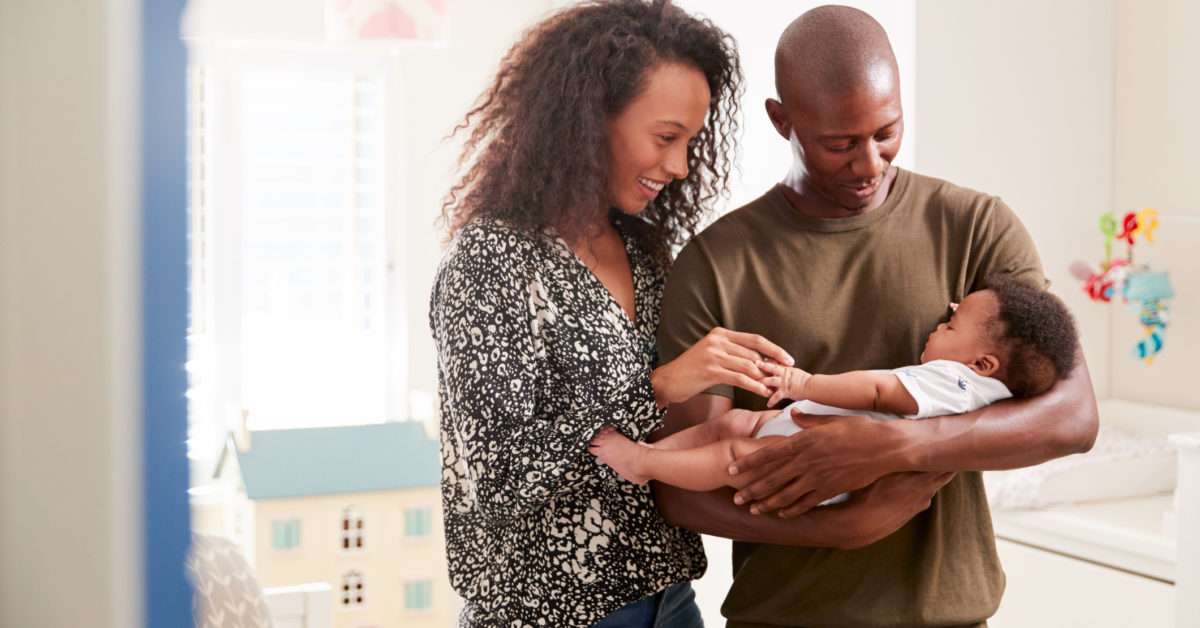Babies as young as 4 months old differentiate between a parent’s hug and a stranger’s, new research finds.

An infant’s first year is an important time of development, both physiologically and emotionally. It is also a period where verbal language is barely emerging, and much is unknown about the ways in which the connection between parent and child establishes.
Touch appears to play a pivotal role in this preverbal conversation, and scientists from Toho University in Tokyo, Japan, have recently published the results of a study that quantifies the manner in which infants physiologically respond to being held and hugged.
First author Sachine Yoshida says, “Like most parents, we love to hug our children. We also know that children love to be hugged by their parents. But what surprised us, as scientists, is how little we know about hugging.”
The heart rate of an infant as young as 4 months old relaxes when the child a parent or primary caregiver gives them a hug. Simply being held for feeding or carrying does not produce the same change, nor does a tight embrace.
The researchers’ open source study appears now iniScience.
In general, the study notes, a parent holds or hugs a baby for two different reasons. A hold is a functional posture, positioning an infant for feeding or carrying.
A hug has another purpose altogether. It is an expression of affection, expressing, the study says, “joy, love, happiness, and warmth.”
Both holding and hugging involve the application of some degree of pressure to the child’s back. The researchers wondered whether an infant perceives its meaning or simply responds positively to the application of pressure. If so, would any amount of pressure be welcome, and could anyone apply it?
“RRI is the reciprocal of the heartbeat rate,” says the study, “meaning that the RRI ratio increases when the heartbeat rate decreases.” Researchers consider a higher RRI value as a greater degree of relaxation in the infant, and, thus, as a positive response.
The scientists measured infants’ RRI as either a parent or a stranger held, hugged, or hugged them tightly.
In each case, the individual

